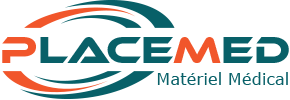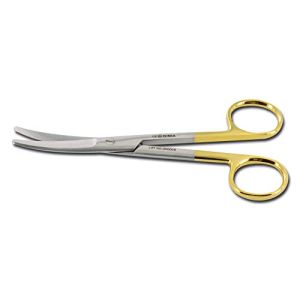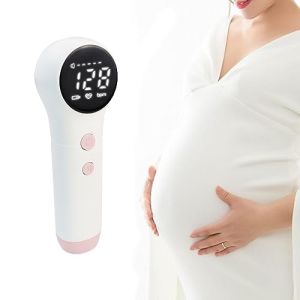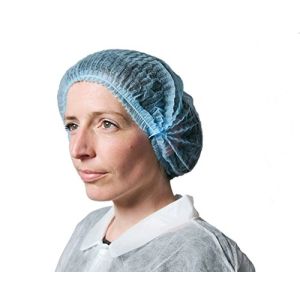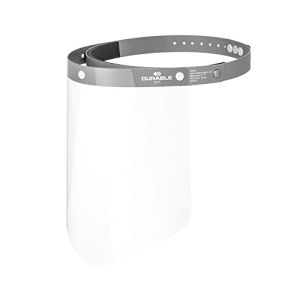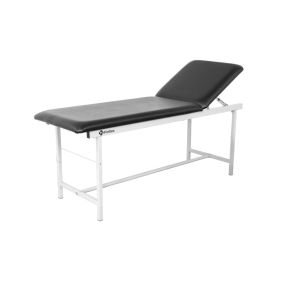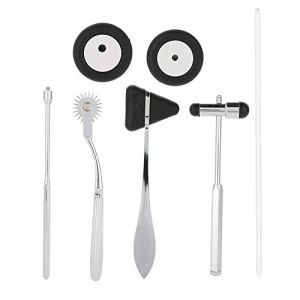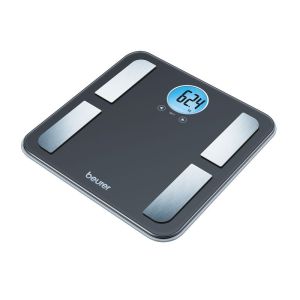Professional Dermatoscope Buying Guide: How to Choose the Right One?
The dermatoscope is an essential tool for many healthcare professionals. It allows the observation of skin lesions or mucous membranes that are not visible to the naked eye. With the multitude of models available on the market, it can be difficult to make the right choice. In this article, we provide simple advice to help you find the dermatoscope that will best meet your needs.
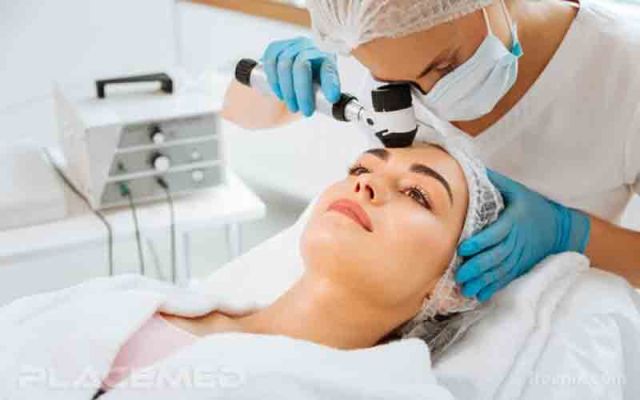
1. What Is a Dermatoscope?
A dermatoscope is a medical device composed of magnifying lenses and a light source. It allows healthcare professionals, such as dermatologists, to see the skin's surface in detail. This helps in diagnosing and evaluating skin lesions, moles, or other anomalies. The dermatoscope is used in various fields, including surgery and forensic medicine.
2. Why Use a Dermatoscope?
The dermatoscope helps detect skin problems at an early stage. It allows you to see details invisible to the naked eye. This can be essential for diagnosing diseases like skin cancer. By using a dermatoscope, the professional can examine the lesion's structure, its color, and shape. This facilitates decision-making on the treatment to follow.
3. The Different Types of Dermatoscopes
There are several types of dermatoscopes on the market. Here are the main ones:
- Immersion dermatoscopes: They require the application of a special oil on the skin to improve image quality.
- Dry dermatoscopes with polarized light: They use polarized light to reduce reflections, without the need for oil.
- Dermatoscopes with photo adapter: They can be connected to a camera to capture images.
- Dermatoscopes with built-in camera: They have an integrated camera to take photos or videos.
4. How to Choose Your Dermatoscope?
Here are some tips to choose the dermatoscope that suits you:
4.1. Define Your Needs
First of all, identify what you need. Will you use the dermatoscope for general examinations or specific cases? Do you need to take photos for patient follow-up? Your answers will help you choose the right model.
4.2. Check Image Quality
Image clarity is important. A good quality dermatoscope should offer a sharp and detailed image. This depends on the quality of the lenses and the light source. Do not hesitate to test the device if possible.
4.3. Consider Ease of Use
The device should be easy to use. It should be ergonomic and comfortable to hold. Buttons should be accessible and easy to handle.
4.4. Look at Additional Features
Some dermatoscopes offer additional options, such as the ability to take photos or videos, connectivity to a computer or smartphone, or brightness settings. These features can be useful depending on your practice.
4.5. Think About the Price
Price is an important factor. Set a budget based on your needs. Compare models to find the best value for money. Remember that investing in a good dermatoscope can improve the quality of your diagnoses.
5. How to Buy a Dermatoscope on the Placemed Marketplace?
The Placemed marketplace offers a wide range of dermatoscopes. Here's how to find the model that suits you:
5.1. Use the Search Filters
On the site, you can filter products according to different criteria: type of dermatoscope, price, brand, features, etc. This allows you to refine your search.
5.2. Check Descriptions and Reviews
Read product descriptions carefully. Look at the technical features and advantages of each model. Reviews from other users can also help you make your choice.
5.3. Compare Prices
Once you have selected a few models, compare the prices offered by different suppliers. On Placemed, you can request quotes in a few clicks. This allows you to put suppliers in competition and get the best price.
6. The Advantages of Using a Quality Dermatoscope
Investing in a quality dermatoscope has several advantages:
- Accurate Diagnosis: Better image quality makes it easier to detect anomalies.
- Time Saving: An easy-to-use device allows you to work more efficiently.
- Patient Satisfaction: Your patients will appreciate the accuracy of your diagnoses and the follow-up of their condition.
- Professionalism: Good equipment reflects your seriousness and commitment to your patients.
7. Maintaining Your Dermatoscope
To extend the life of your dermatoscope, it is important to maintain it properly:
- Regularly clean the lenses with a soft cloth.
- Avoid shocks and store the device in its case when not in use.
- Check the batteries or battery and replace them if necessary.
- Follow the manufacturer's recommendations for maintenance.
8. Conclusion
Choosing the right dermatoscope is essential to offer the best care to your patients. By clearly defining your needs and comparing available options, you can find the device that suits you. Do not hesitate to use the resources of the Placemed marketplace to help you in your choice.
 Francais
Francais 